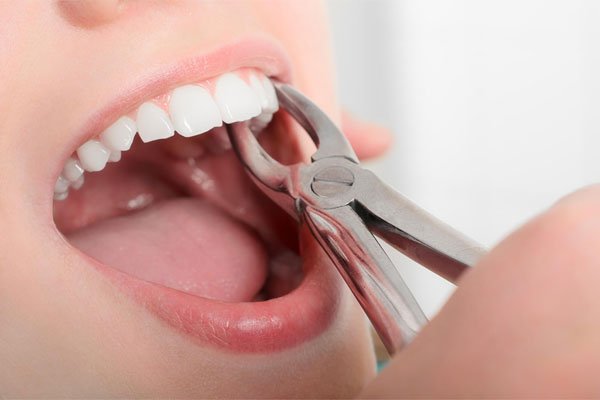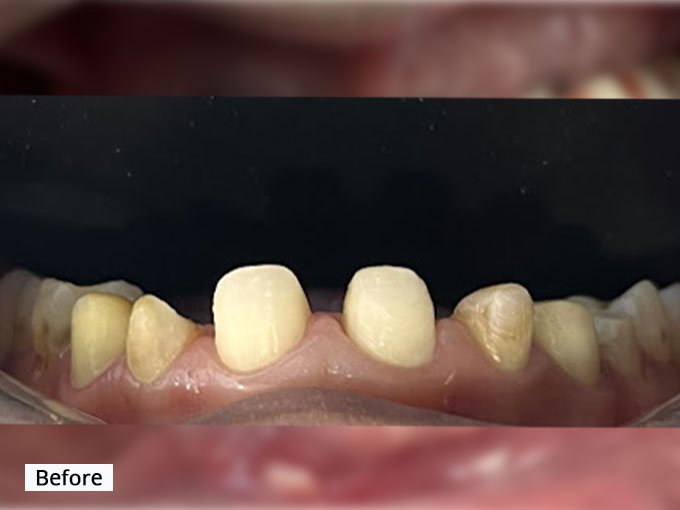
HEALTHY & HAPPY
Our focus is on your overall well
-being and helping you achieve
optimal health &
wellness
comfort
DR. SHARMA'S






Once the area is numb, the dentist will use specialized instruments to gently loosen the tooth from its socket. In some cases, the tooth may need to be sectioned into smaller pieces for easier removal. Once the tooth has been successfully extracted, the dentist may place gauze over the extraction site to help control bleeding and promote clotting.
After the procedure, it is normal to experience some discomfort and swelling in the area. The dentist may prescribe pain medication or recommend over-the-counter pain relievers to help manage any discomfort. It is important to follow any post-operative instructions provided by the dentist, including avoiding certain foods and activities that may interfere with the healing process.
In most cases, the extraction site will heal within a few days to a week, although it may take longer for the underlying bone to fully heal. During this time, it is important to practice good oral hygiene to prevent infection and promote healing. This may include gently rinsing the mouth with warm salt water and avoiding vigorous brushing or flossing near the extraction site.
